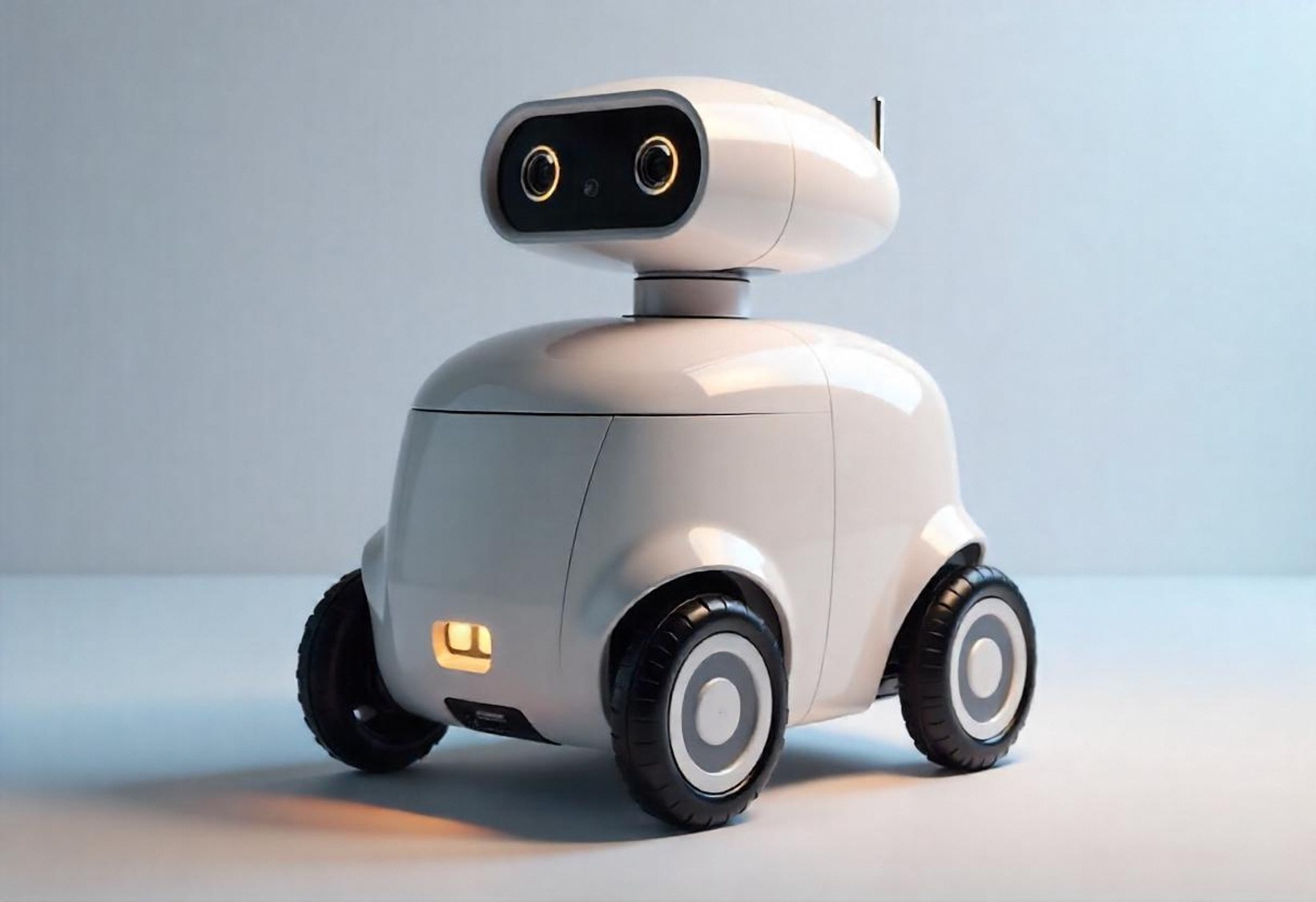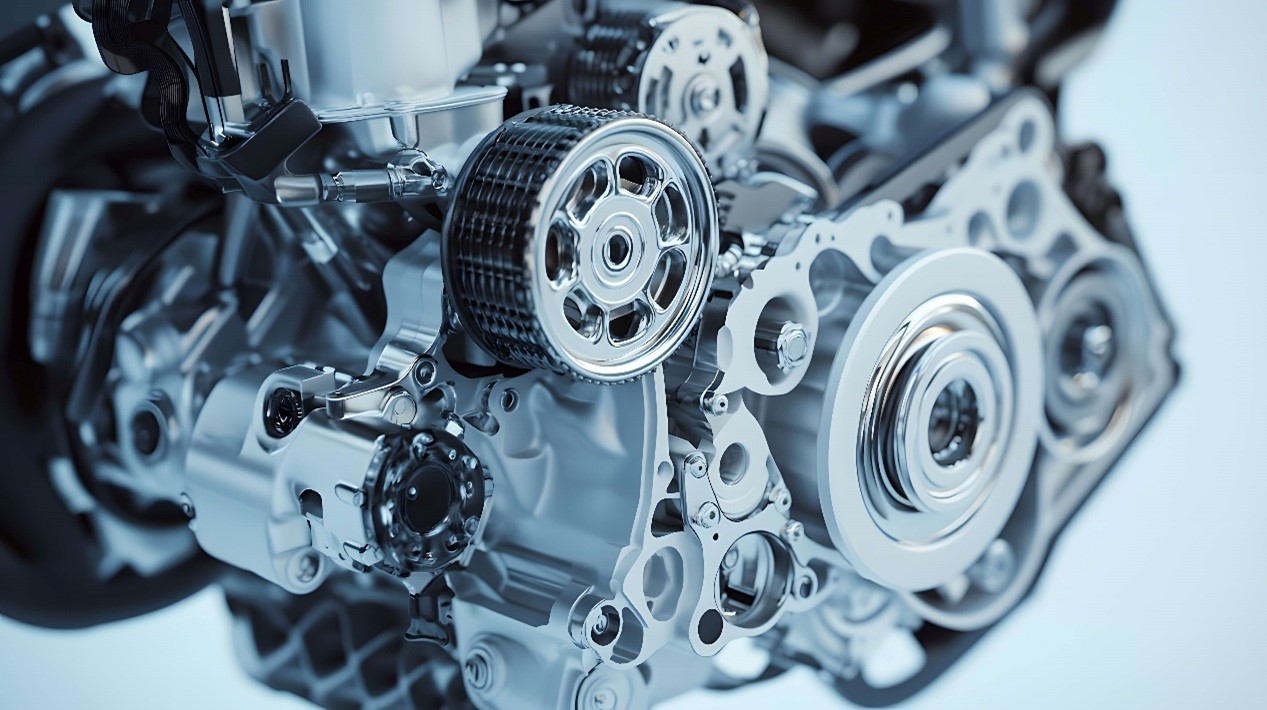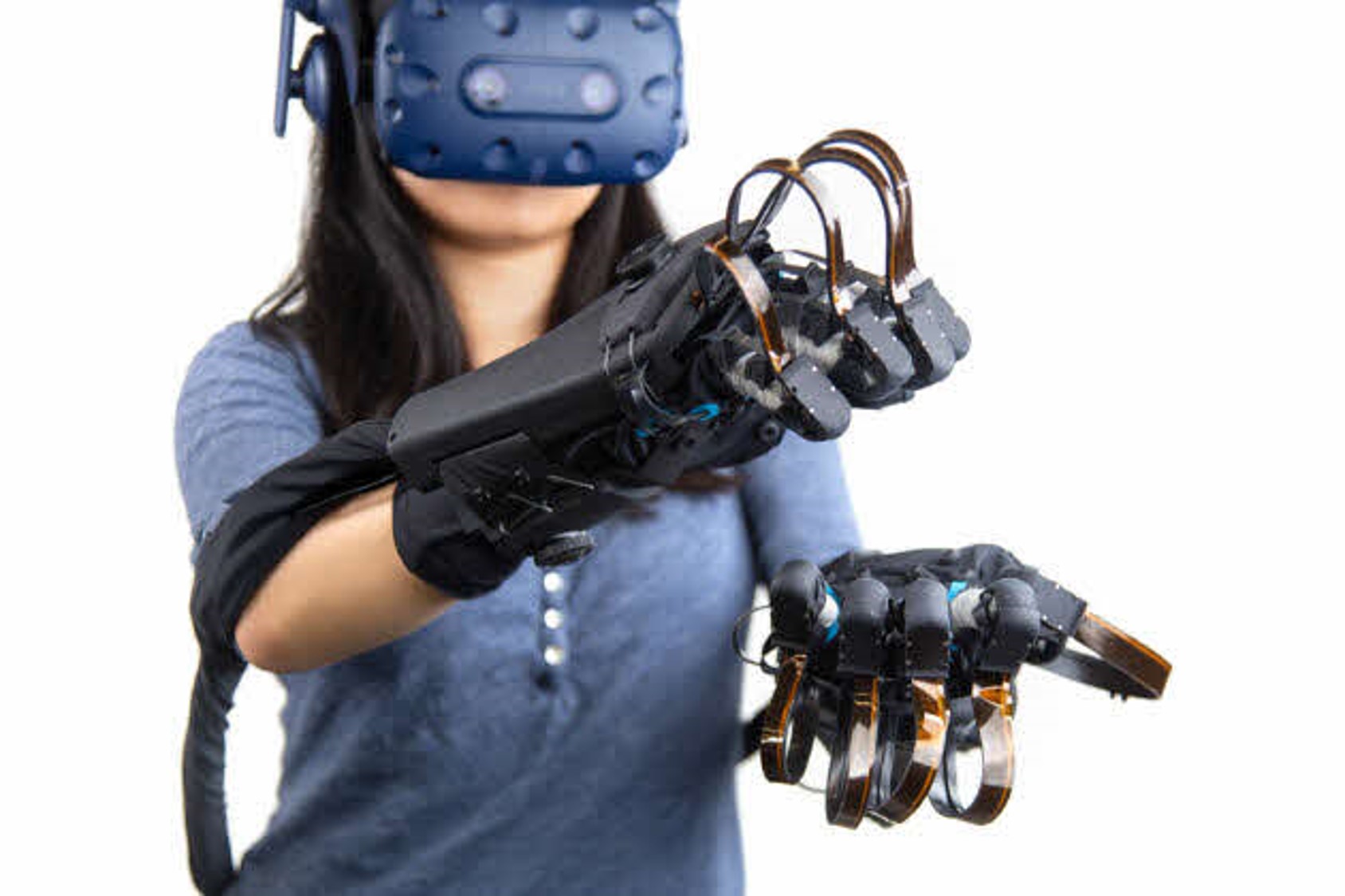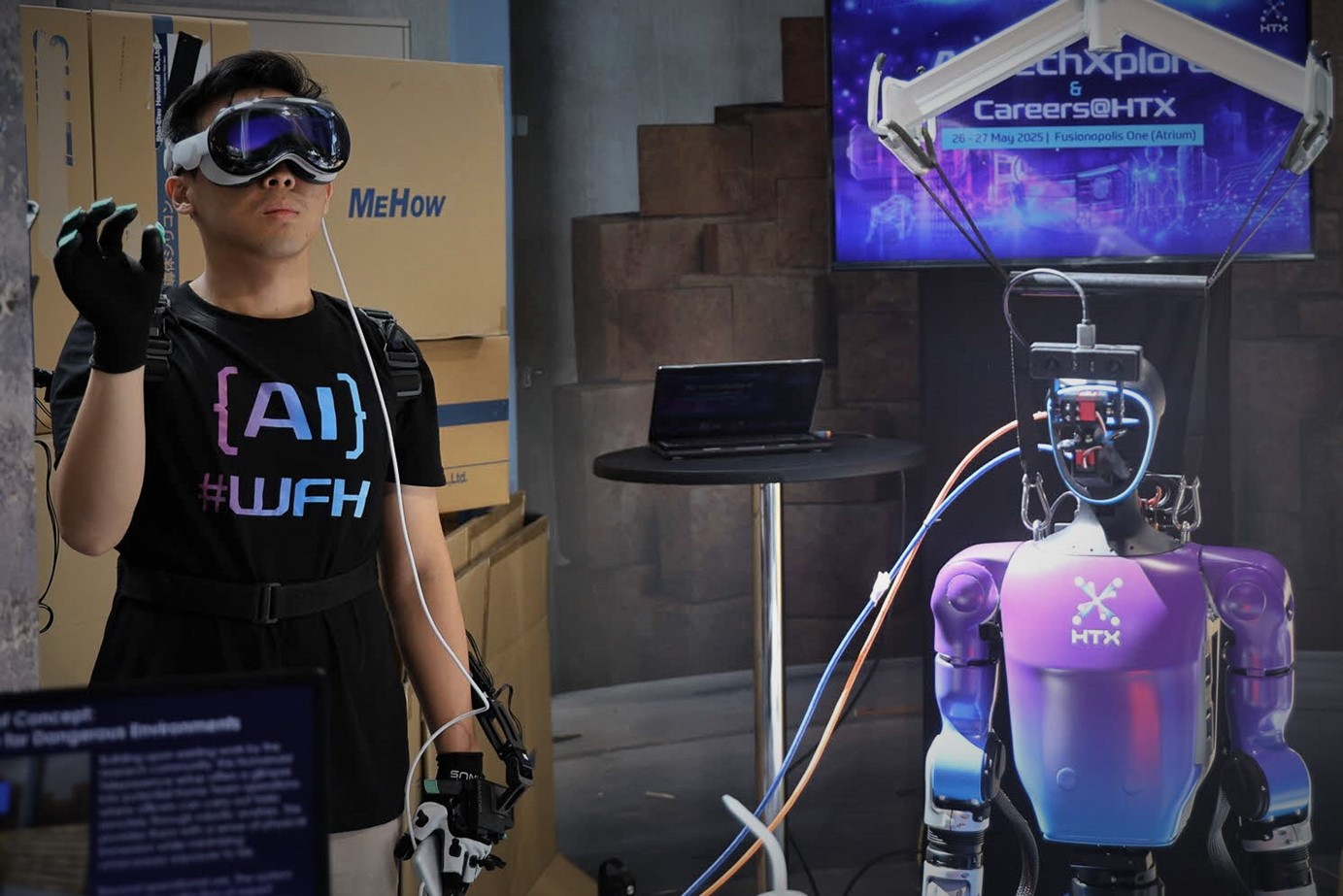The Rise of Telepresence Robotics: Bridging Humans and Machines
Published on 06 June 2025 by Alywin Chew
An Unconventional Connection
In a world where technology often blurs the lines between reality and science fiction, the emergence of telepresence robotics brings us one step closer to an innovative future. We’ve witnessed such advancements in films like Avatar, but now, this technology has become a tangible reality. Sean Lim, an engineer at HTX’s Robotics, Automation & Unmanned Systems (RAUS) Centre of Expertise, recently demonstrated this cutting-edge technology by controlling a humanoid robot from a distance using a specially designed exoskeleton during the AI TechXplore event held at Fusionopolis One from May 26 to 27, 2025.
The Concept of Telepresence Technology
So, what exactly is telepresence technology? Simply put, it allows users to feel as though they are present in another location, all thanks to real-time video and audio. Imagine being able to attend a lecture, move around a classroom, and interact with peers—all while you’re safely seated at home, controlling a mobile telepresence robot.
A Glimpse Into the Future: STELER
This isn’t Lim’s first foray into the realm of telepresence. A few years ago, he invented a humanoid named STELER as part of a greenfield project during his time in HTX’s Associate Programme. Lim’s work serves as a testament to the innovative strides being made in robotics—a field that is rapidly evolving.
Understanding Telepresence Robots
Telepresence robots aren’t novel concepts—they’ve existed in various formats for years. For instance, back in 2020, Alexandra Hospital conducted trials with such robots for remote consultations. These robots assisted homebound patients in having their routine check-ups with pharmacists, showcasing their value in connecting those with limited mobility to essential healthcare services.
Highlighting the ANA Avatar XPRIZE
The field’s growing significance has been acknowledged through initiatives like the ANA Avatar XPRIZE, a global competition entailing submissions on avatar systems that enhance remote communication. Sponsored by All Nippon Airways (ANA), the latest win went to Team NimbRo, which introduced an immersive telepresence system embodied in an anthropomorphic mobile robot.
A Look Ahead: Public Safety and Security
Looking towards the horizon, telepresence robots are set to revolutionize public safety and security measures in Singapore. By mid-2027, robots developed by HTX’s Home Team Humanoid Robotics Centre (H2RC) will be operational, targeting high-risk operations such as firefighting and search and rescue missions. This tech aims to protect human officers while ensuring effective crisis management in perilous situations.
Creating Immersive Experiences
The next frontier in telepresence technology, according to Lim, lies in achieving a highly immersive experience that simulates human-like interaction. To make this possible, three pivotal elements come into play:
1. The Importance of Depth Perception
A key feature of an immersive telepresence experience is depth perception—the ability to discern distances between various objects. Lim equipped STELER with two cameras to achieve what is known as stereo vision, akin to how humans perceive the world.

By harnessing stereo vision, operators can gauge distance effectively—a significant advantage in intricate tasks. Lim explains, “There is less depth perception when you’re viewing through a single lens. This is akin to how individuals blind in one eye experience distance.”
2. Mirroring Human Actions
Despite advancements, today’s robots often struggle to exhibit fluid human-like movements. Historically, robots relied on static stability, where their center of gravity remains above a fixed point. However, humans leverage dynamic stability, allowing for more natural movement.
Lim elaborates, “As technology progresses, manufacturers are now developing robots that can reflect this dynamic stability. However, they must still strive to imitate the intricate motions of human limbs.”

3. Haptic Feedback: A New Sensation
What truly sets telepresence apart is haptic feedback—the sensation of touch transmitted through tactile sensors. This plays an integral role for operators working in hazardous environments. For example, using haptic technology allows an operator to delicately unzip a bag while checking for explosives, ensuring that fragile materials remain intact.
Lim refers to HaptX, a leader in this domain, which creates gloves enabling tactile feedback using pneumatic systems. However, interfacing these gloves with robotic systems poses its own challenges.

Using these gloves effectively requires equipping robotic hands with sensors that can relay information back to the user’s gloves, a formidable technical obstacle for many engineers worldwide.
Industry Collaborations and Innovations
Tech giants like Meta are keen to venture into telepresence as well, partnering with companies such as Wonik Robotics and GelSight to further develop tactile sensors for AI applications. This collaboration signifies the growing interest among industry players in redefining interactions between humans and robotics.
Revolutionizing Multiple Sectors
The journey toward a fully immersive telepresence experience is arduous yet achievable. The implications of such advancements stretch far beyond public safety, offering transformative potential across numerous industries. We have already witnessed its capabilities; in 2020, Telexistence introduced the Model-T robot which successfully restocked items in a Tokyo convenience store, operated from kilometers away. Similarly, in 2024, a monumental robotic surgery was conducted remotely across continents, marking a groundbreaking achievement.

Conclusion: The Path Forward
With rapid innovations in telepresence technology, the future holds immense promise. As researchers and engineers push the boundaries of what robots can achieve, the integration of haptic feedback, depth perception, and advanced robotics may revolutionize how we approach various challenges. As Sean Lim aptly noted, while the journey may be lengthy, the destination promises a world where humans and machines can seamlessly blend, making it possible to undertake tasks previously deemed dangerous—all while safeguarding human lives. The next era of robotics is just around the corner, and it’s one filled with hope and possibilities.







